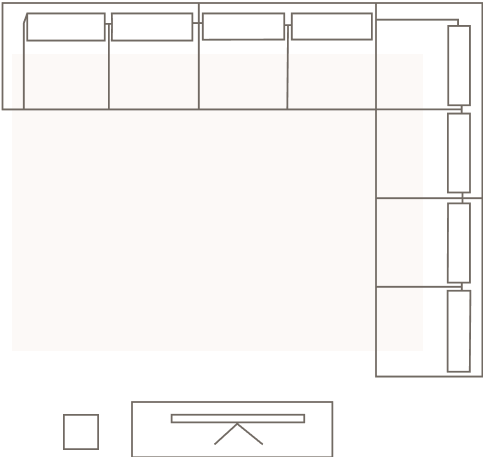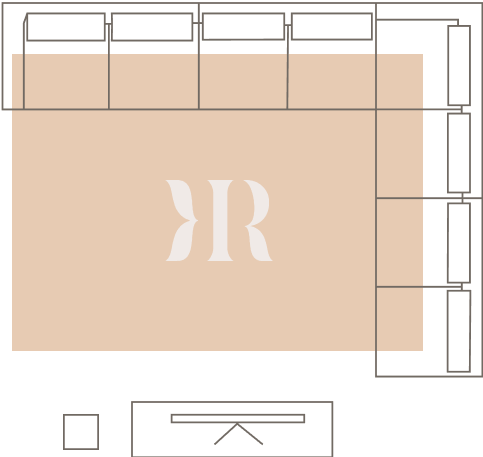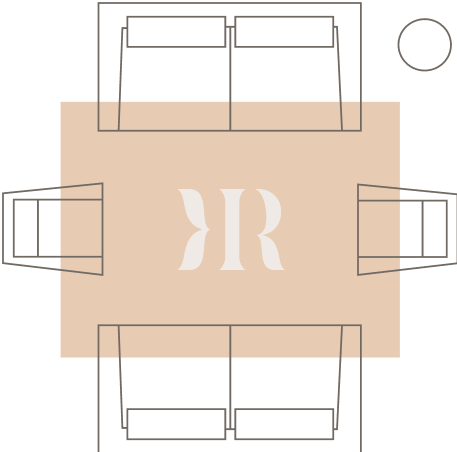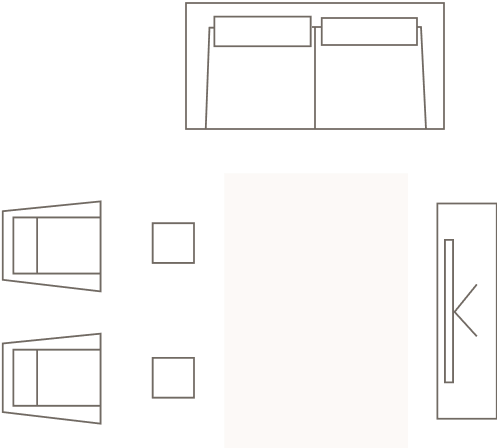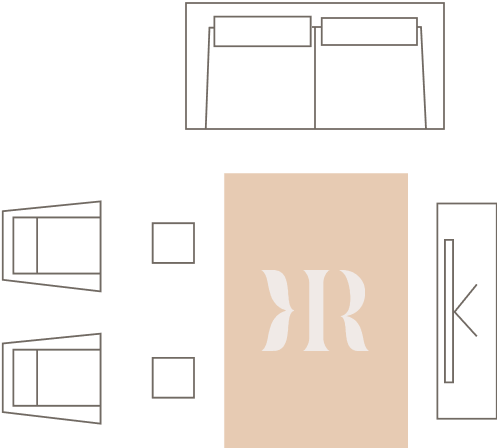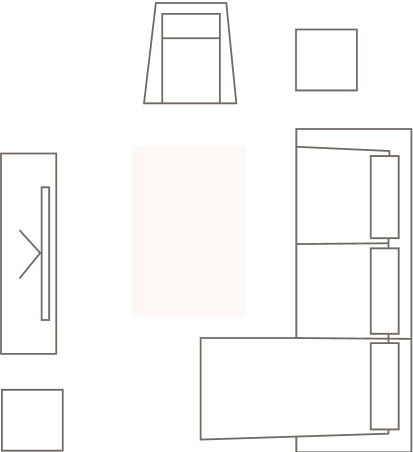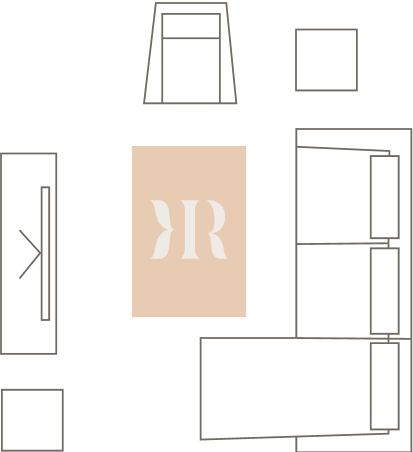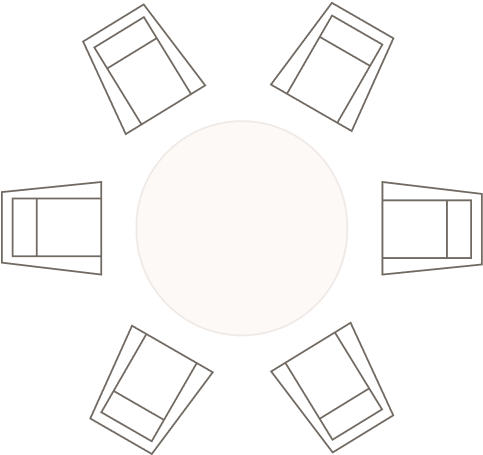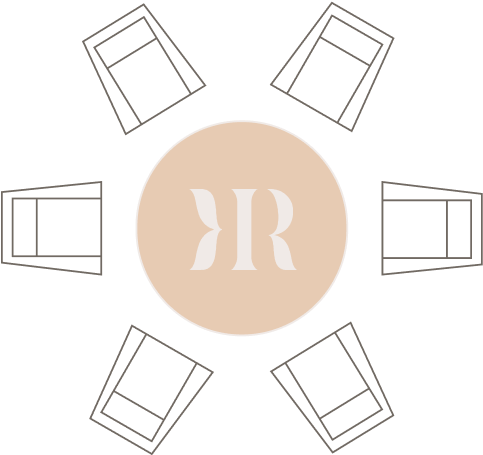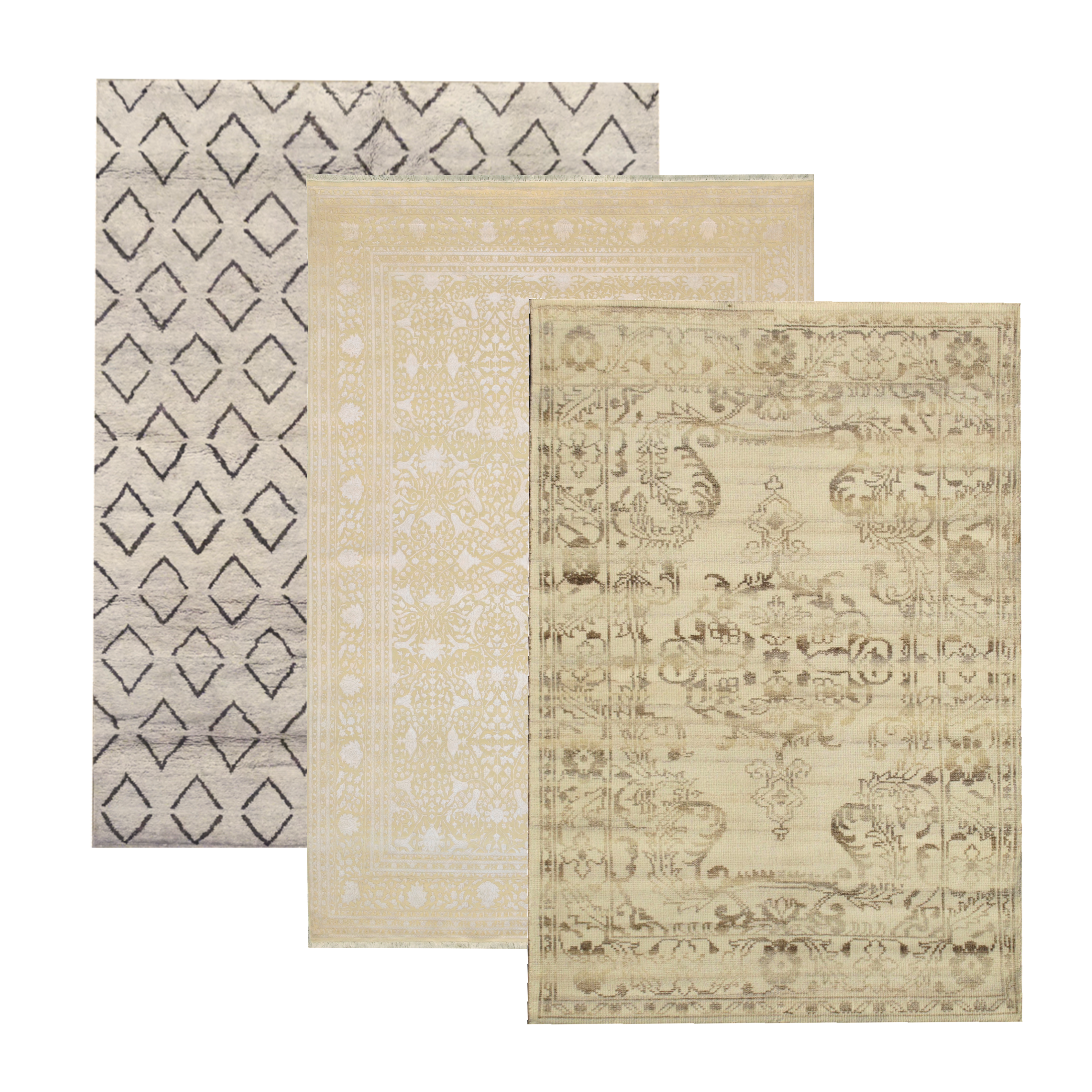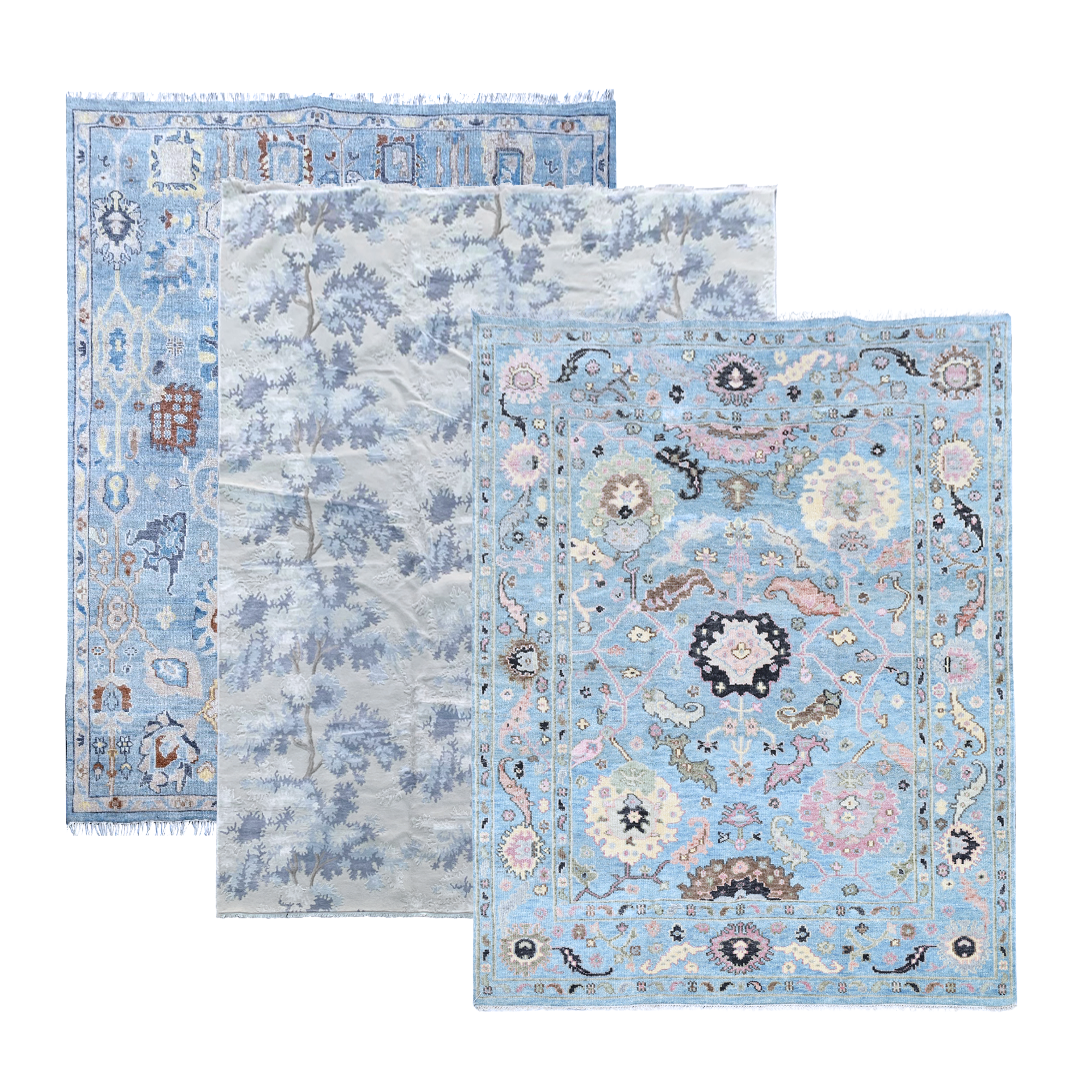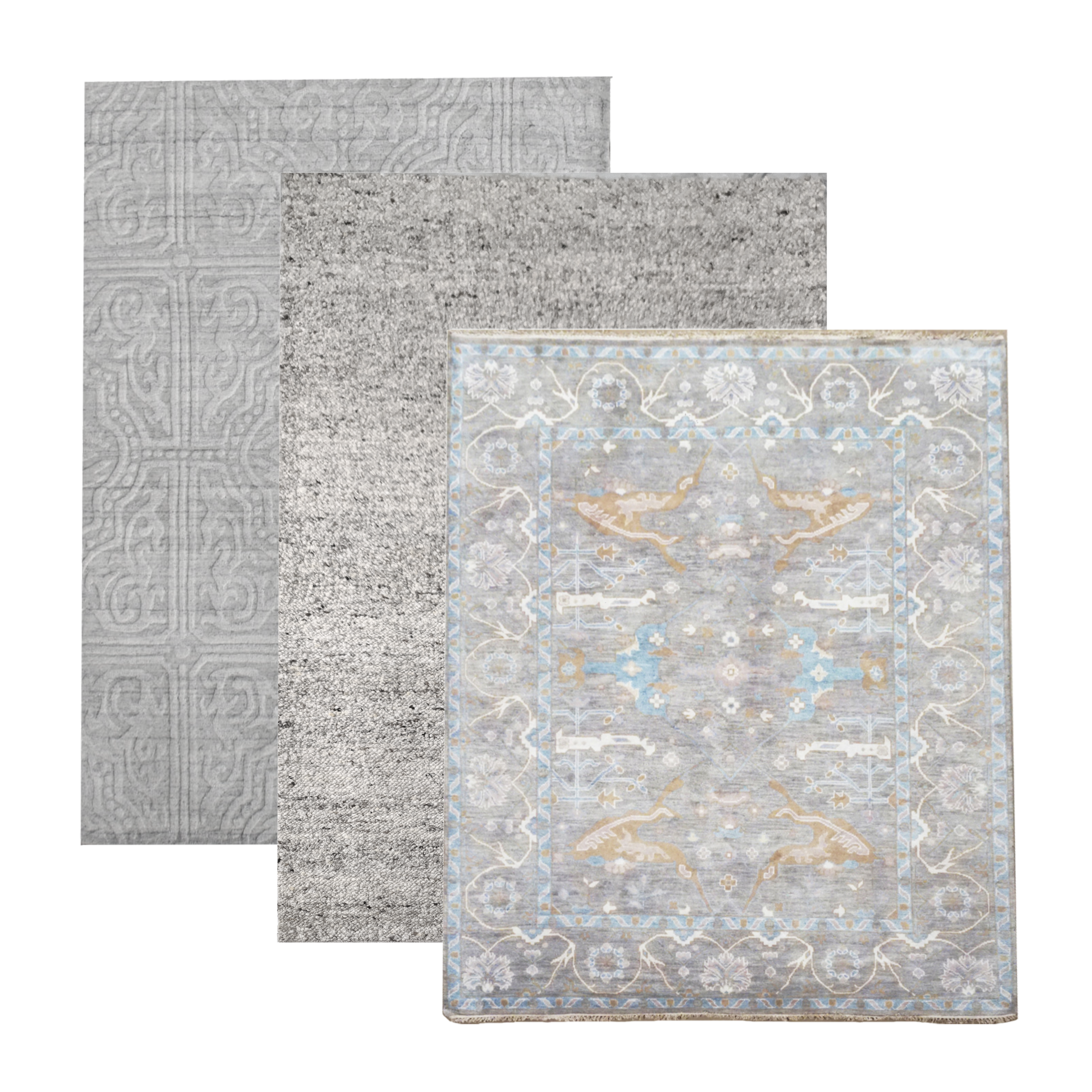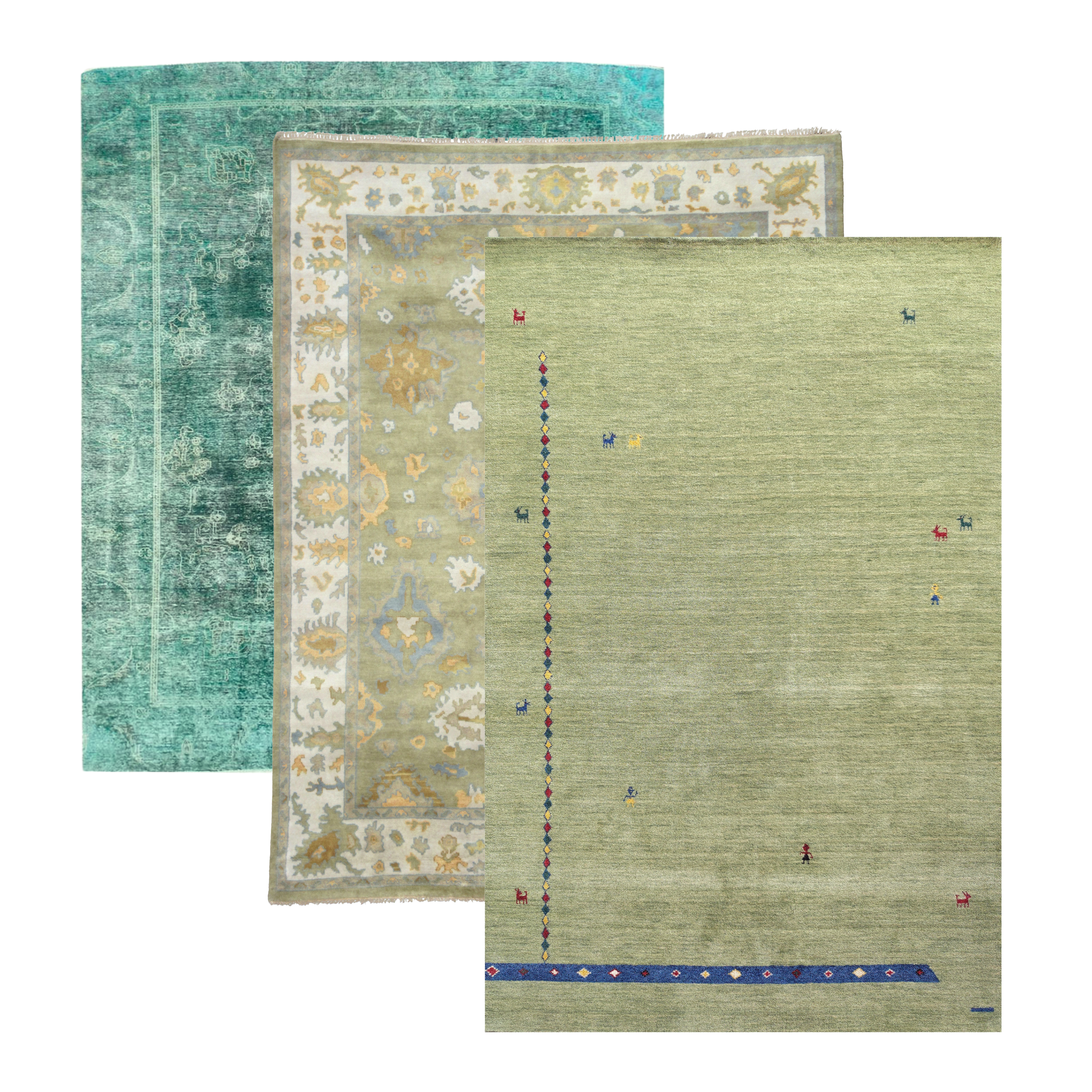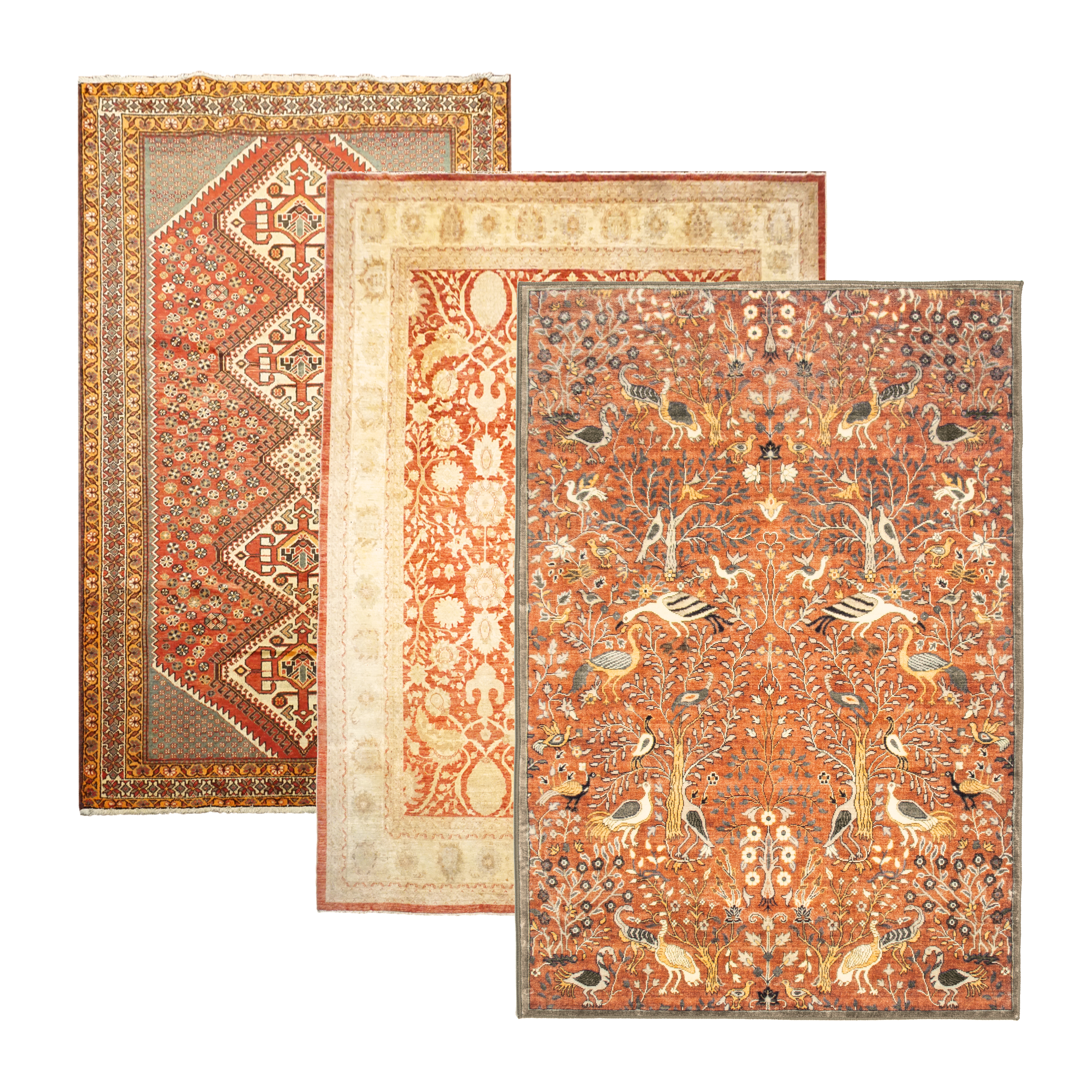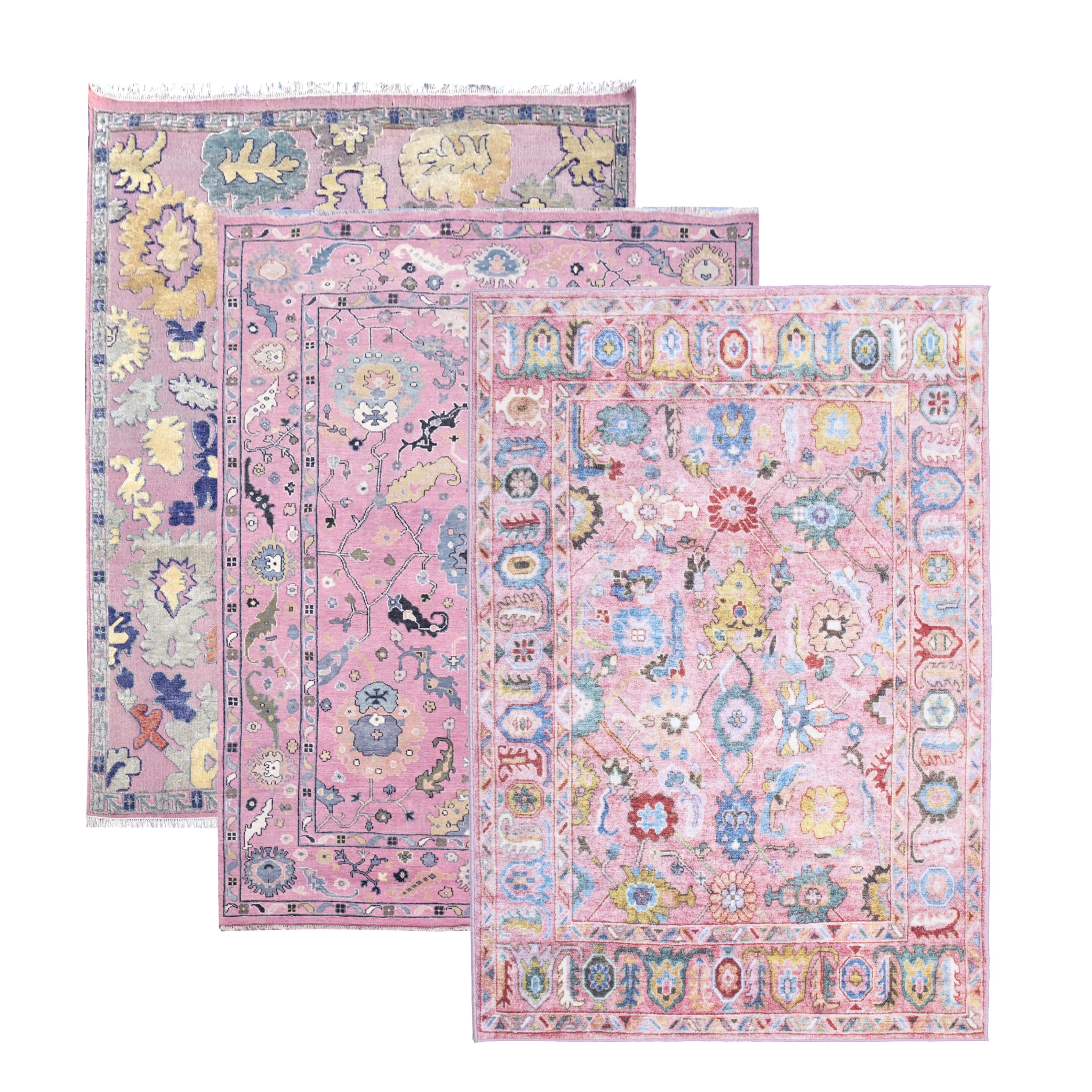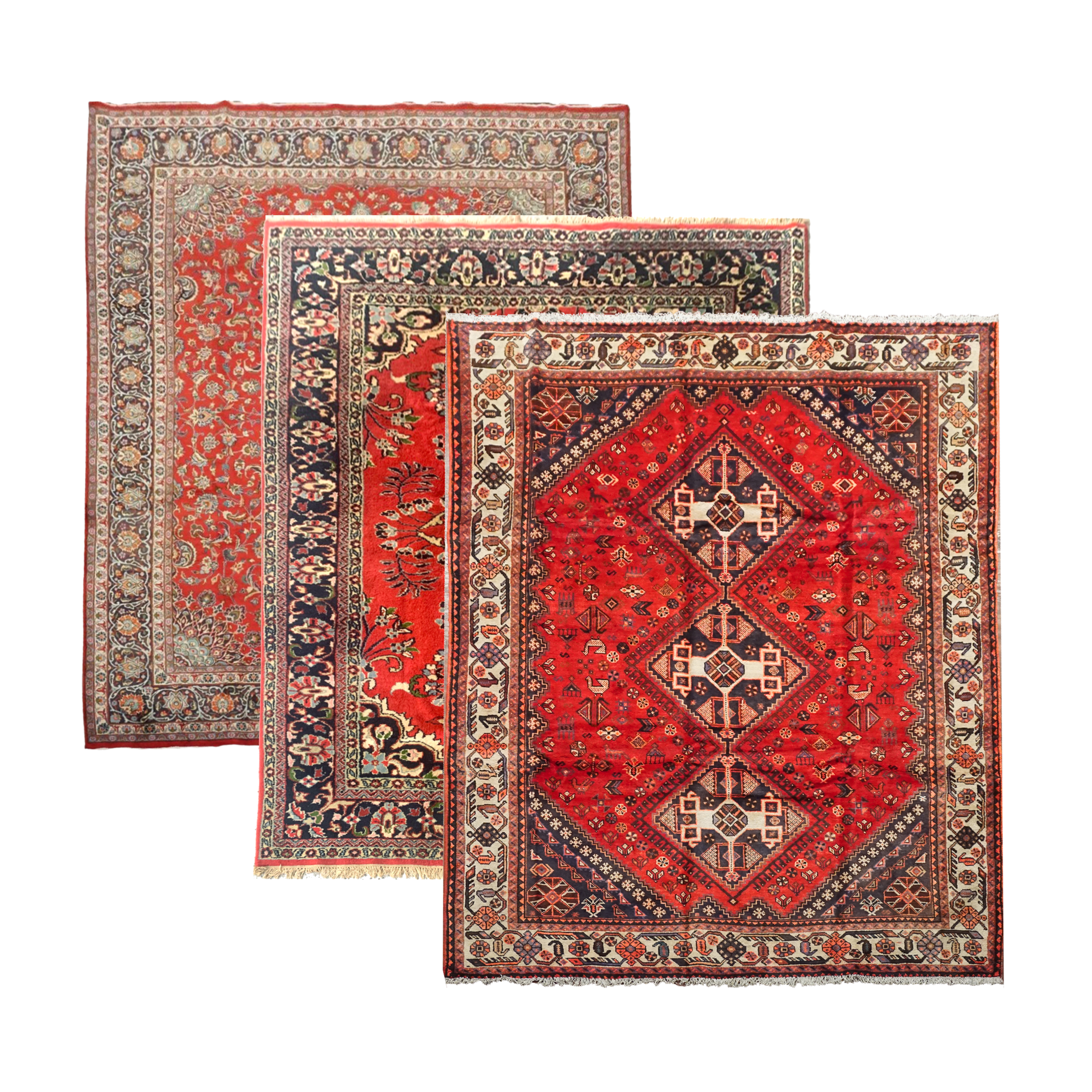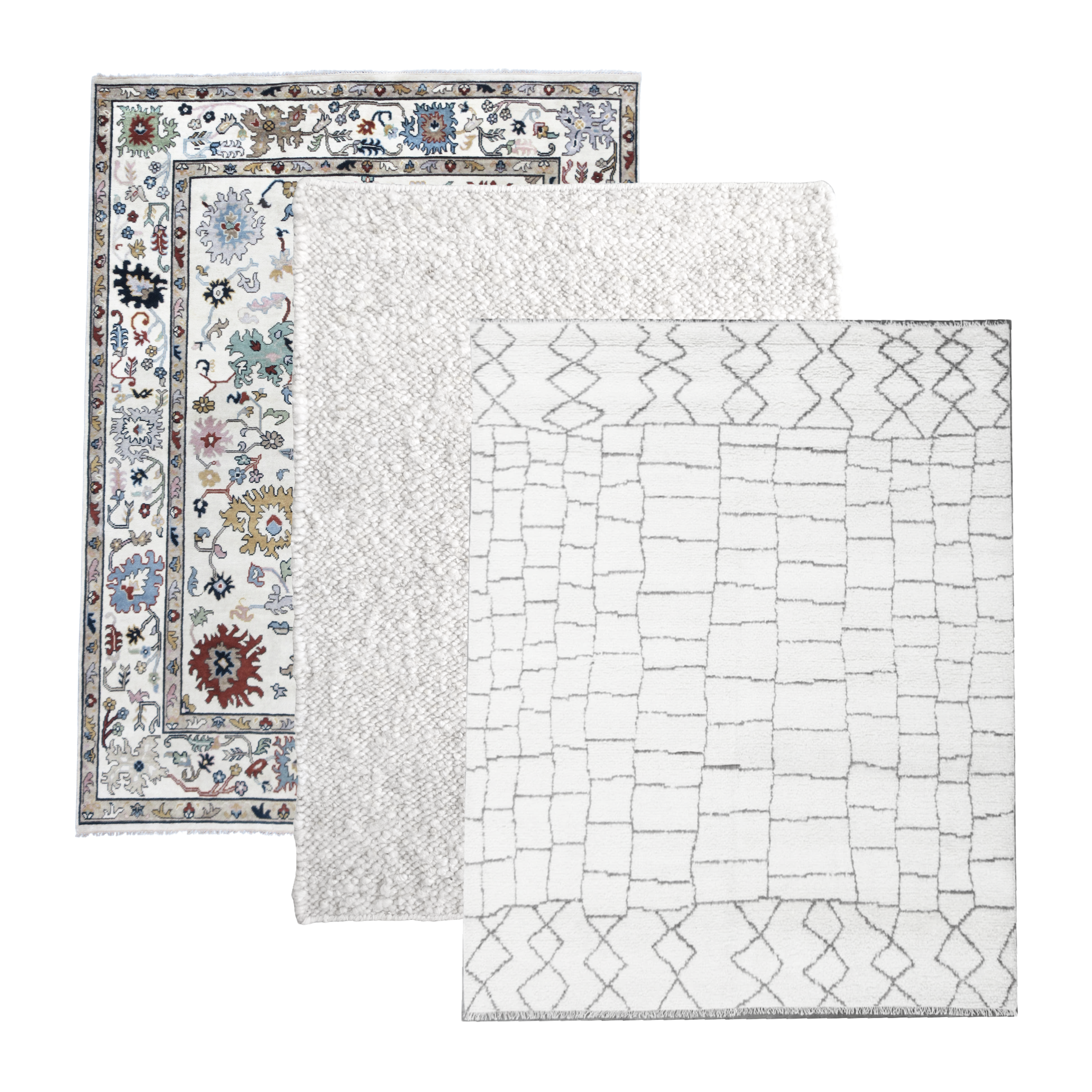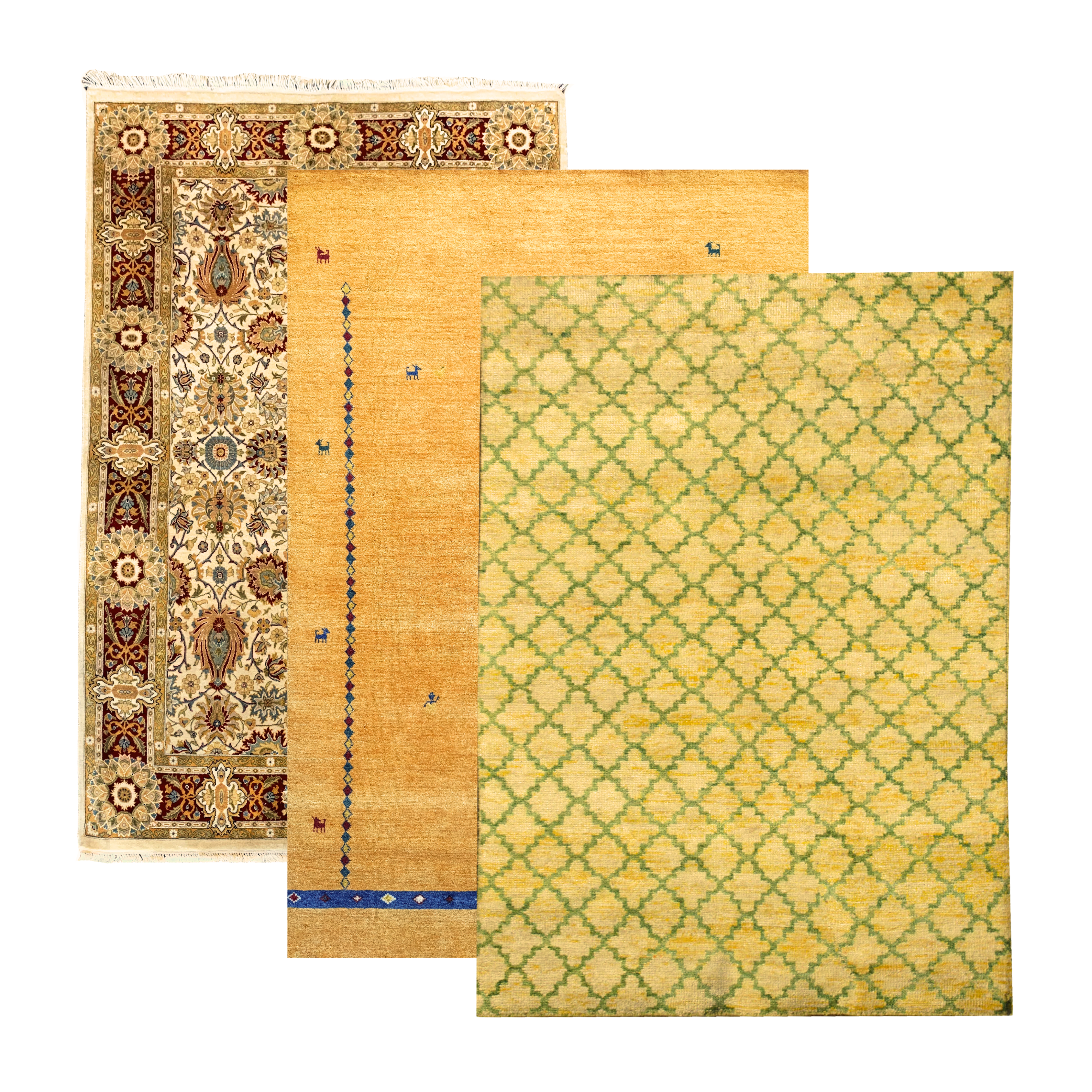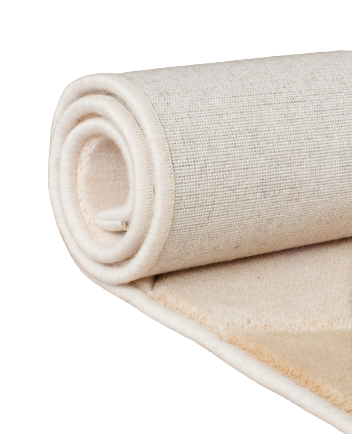How to Identify Antique Persian Rugs
Antique Persian rugs can be incredibly valuable and can be passed from generation to generation as treasured heirlooms. These beautiful examples of some of the finest rug techniques from history can be seen in offices, homes, and private collections around the world. One of the things that make antique Persian rugs so valuable is the understanding that a massive amount of work went into each one’s creation.
However, one of the most significant challenges today for those who want one is the task of antique rug identification. This collection of techniques is what makes antique rugs special, and they are often important parts of antique oriental rug identification. We’re going to cover how to identify antique Persian rugs, and what you should be looking for the next time you’re out looking for rugs. In the end, we’ll even point you to a trusted resource that can help you find the perfect rug for your area.
How To Identify Antique Persian Rugs
Many people who want to be sure of what they’re buying want to know how to identify a Persian rug. This also goes for those who frequent second-hand sales where antique Persian rugs may be found in the wild so that valueless look-alikes aren’t obtained when the real thing is wanted. Here are some ways you can tell whether or not the rug you’re looking at is an antique Persian rug.
Find Out Where It’s Made
First of all, and arguably most importantly, only rugs that are manufactured in the middle eastern region of Iran can be considered true Persian rugs. There are a lot of imitations that are produced in Europe as well as the US. Hand-knotted imitations are often seen coming from China, India, Pakistan, and others in the region.
Hand-Tufted vs. Hand-Knotted
Genuine Persian rugs are hand-knotted by skilled weavers that put hundreds of hours into each rug, tying every knot by hand. In contrast, hand-tufted rugs are made with a special gun that punches the threads into a canvas backing to create the rug’s design. Hand-tufted rugs only have an expected lifetime of about 7 years and don’t require any skills to create.
Examine The Front & Back
While you might think that the perfect, identically symmetrical rugs are going to be more desirable, the opposite is true. One of the signs of a handmade rug is that the design on the front and the design on the back are bound to have a few small imperfections. This is a sign that they were made on a basic wooden loom that would have been indicative of a hand-made rug.
Real Persian Rugs Have Soft Backs
Many people may not even look at the back of the rug, but taking a look at the underside can tell you a significant amount about the origins of the rug. The presence of imperfections can show you that it’s handmade, and the texture of the backing can help show the rug is an authentic antique Persian rug. Since there is no backing material used, the pattern of the threads comprising the top will create a very soft underside.
Look At The Fringe
In an antique Persian rug, the fringe will be part of the actual rug body, not an embellishment added afterward. In machine-made rugs, the fringe is not a natural by-product and is created specifically to imitate authentic Persians.
Kalili Rugs Has An Incredible Selection Of Rugs For All Rooms
If you are looking for the perfect rug for your space, Kalili Rugs lets you sort the rugs by size, material, and more, so you can find what you need, quickly.


